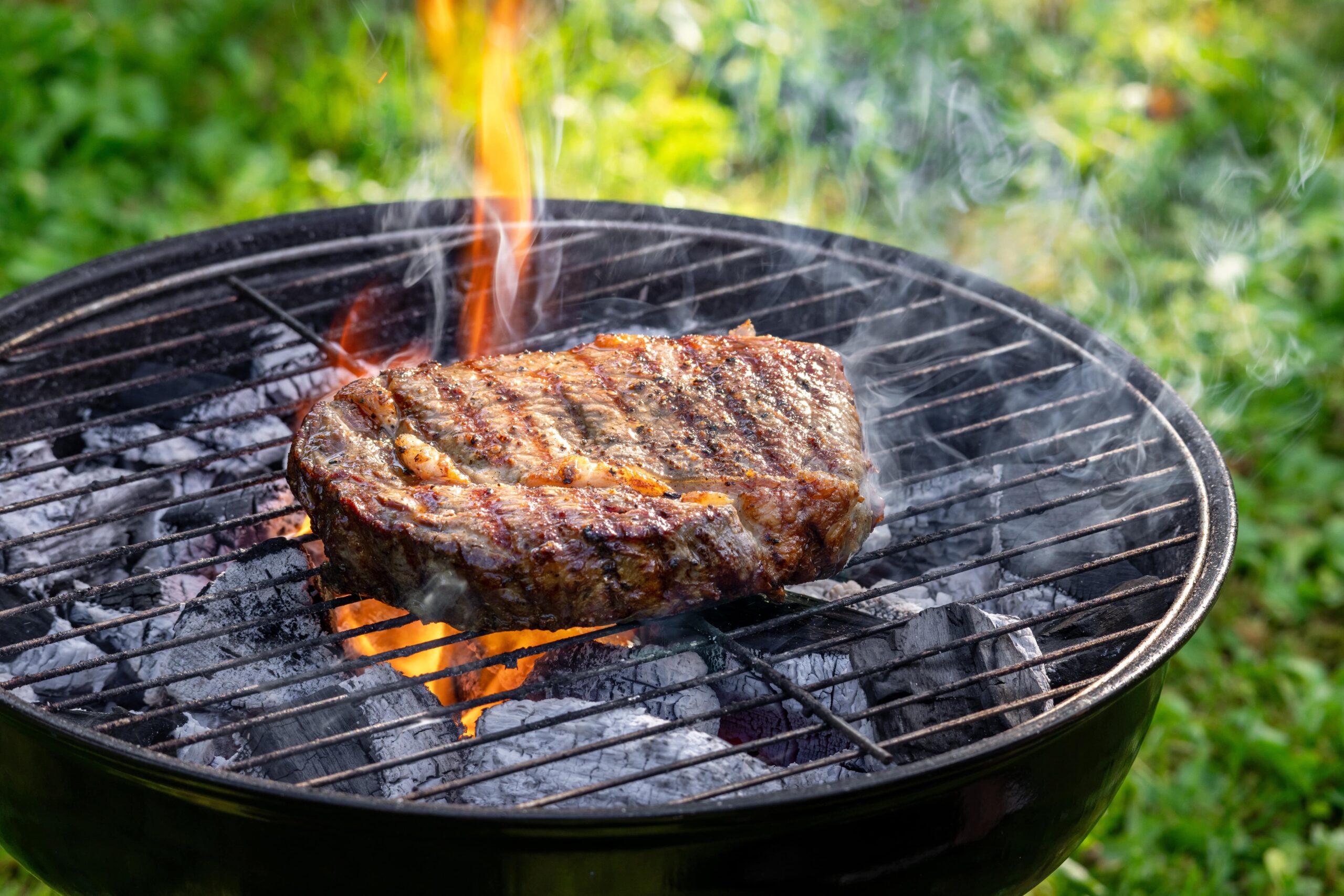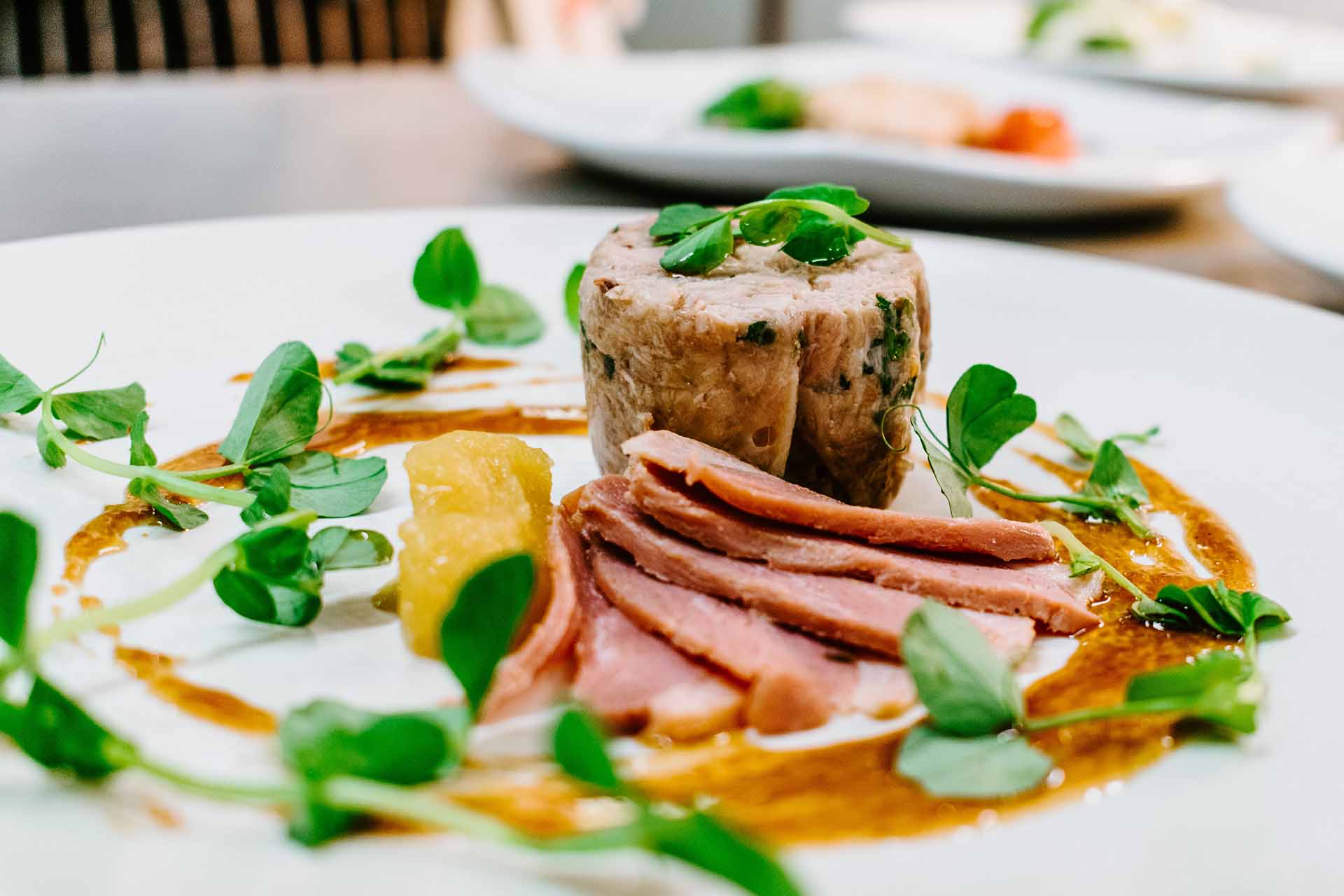A delicious steakhouse-style steak deserves a pristine steak knife that can cut through the meat and marbling without creating a choppy mess. Much like choosing the right pan for your homemade steak, steak knives are an investment that are well worth the effort.
Yet, once you find the perfect steak knives, how do you keep them sharp and cutting to perfection?
Let’s get into the type of steak knives you should look into for your foray into a homemade downtown steakhouse meal. From there, we’ll take you step by step into how you can care for your steak knives like a well-trained chef.
What Types of Blades Are Appropriate for Steak?
Which blade is the best for steak? If the right knife isn’t used, you can end up shredding your steak and making a mess of what could have been the perfect meal. Here’s a quick look at the two most popular blades used throughout Dallas steakhouses.
Serrated Steak Knives
A serrated steak knife can work well for steak and give you a smooth cut with minimal effort. Since serrated knives have ridged edges, they will cut through the meat without dulling the blade. Serrated knives are excellent for cutting through tougher cuts of steak that may require more grit for a cleaner cut.
Straight-Edged Steak Knife
A straight-edged steak knife should be sharp and cut through the steak with little effort or pushing. If you’re working with a filet or other tender piece of meat, a straight-edged knife will give you a smooth slice that doesn’t tear through fibers and gives you the elegance you’d expect from a filet off of our menu.
What is the Best Way to Care for Your Knives?
At Y.O. Ranch Steakhouse, we believe the integrity of our kitchen equipment is part of what makes us the best steakhouse in Dallas. Here are a few suggestions from our chefs for keeping your steak knives in great cutting condition.
- Always keep your knives clean and dry.
- Wash your knives by hand, no dishwasher, no rough sponges.
- Store knives where they do not have friction with other knives, like a magnetic strip or in a knife roll bag. Edge guards work well, as do knife blocks for keeping your blades sharper, longer.
- Do not leave dirty knives soaking in water. This can lead to rust that severely taints your knife’s quality.
What if Your Knives Do Get Rusty?
Oh no! You found rust on your knives! Rust spots must be removed as rust is a contaminant that should never be ingested with your food.
Sometimes a quick, soft rub with sandpaper will do the trick. However, a good rub with salt on a damp rag will often help if you prefer a more natural approach. For a stubborn rust stain, gently polish the afflicted area with steel wool.
Keeping Your Knives Sharp
If your steak knives are not performing, chances are that they need sharpening. A sharp knife is actually safer than a dull knife.
A professional knife sharpening once a year is recommended.
A honing rod or a leather strap can be used if you choose to sharpen at home. Machine sharpening is not recommended because it is overly abrasive, removes steel, and can overheat the blade.
Some of the best ways to ensure your knives stay sharp between scheduled sharpening is to use them properly:
- Always hold the blade at an angle while cutting
- Do not put pressure on the blade when slicing
- Do not use your steak knives to scrape the cutting board, plate or on non-food items like paper or cardboard
Test Drive How Knives Should Feel at Y.O. Ranch Steakhouse
Following these simple guidelines will ensure a long life for your knives. Proper cleaning, maintenance, storage, and sharpening will keep them in like-new condition for many years.
If you want to see how the professionals manage our knives, you can head on over to Y.O. Ranch Steakhouse for a great meal provided by many local ranchers, farmers, and artisans.
Make your reservation today. We have a table waiting and we will even take care of cleaning up the steak knives.




